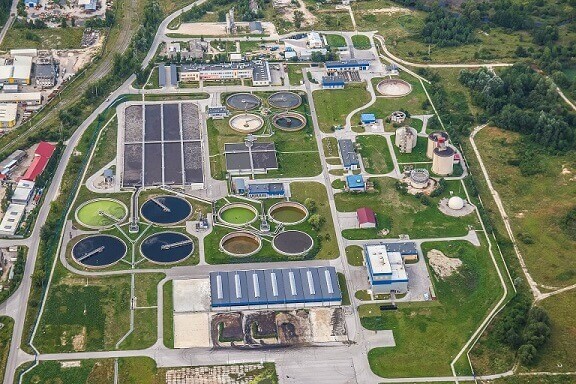Effluent Transfer
 Primary, Secondary and final effluent
Primary, Secondary and final effluent
During sewage wastewater treatment the processing stages are known as primary, secondary and final effluent.
Primary stage involves the holding of sewage within a tank to allow
1. Heavy solids to sink
2. Oil, grease and lighter solids to float
3. The settled sludge and floating particles are removed by a clarifier or by skimming
Secondary stage involves the removal of the dissolved and biological matter. This is performed by indigenous waterborne microorganisms and bacteria within a habitat. A separate separation process may be required to remove microorganisms. Tanks are built so if they become overloaded with rainwater the primary and secondary stages are bypassed to ensure systems can cope.
Final Stage or tertiary
The remaining water is disinfected chemically or within a lagoon and the fluid is filtered through microscopic filtration or biological treatment. Sampling takes place prior to discharge to ensure the fluid contents meet regulatory standards before being discharged into a stream, river, bay or sea. The water can also be used for irrigation of golf courses.




